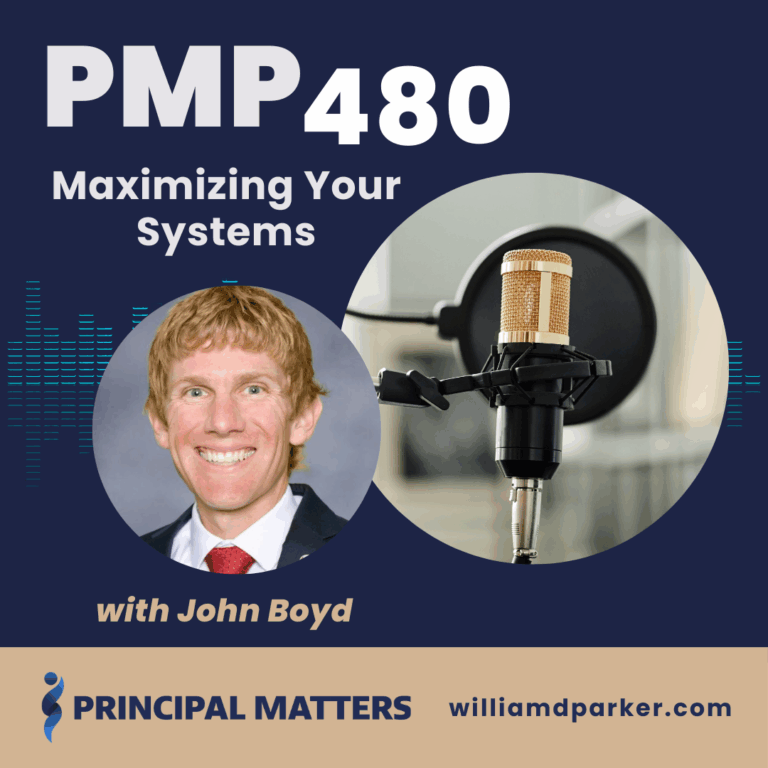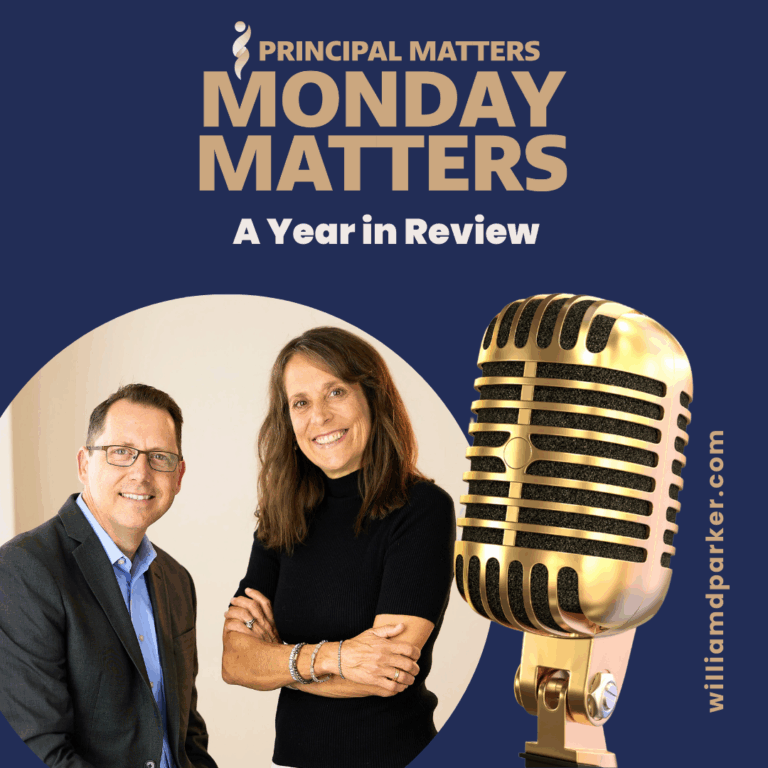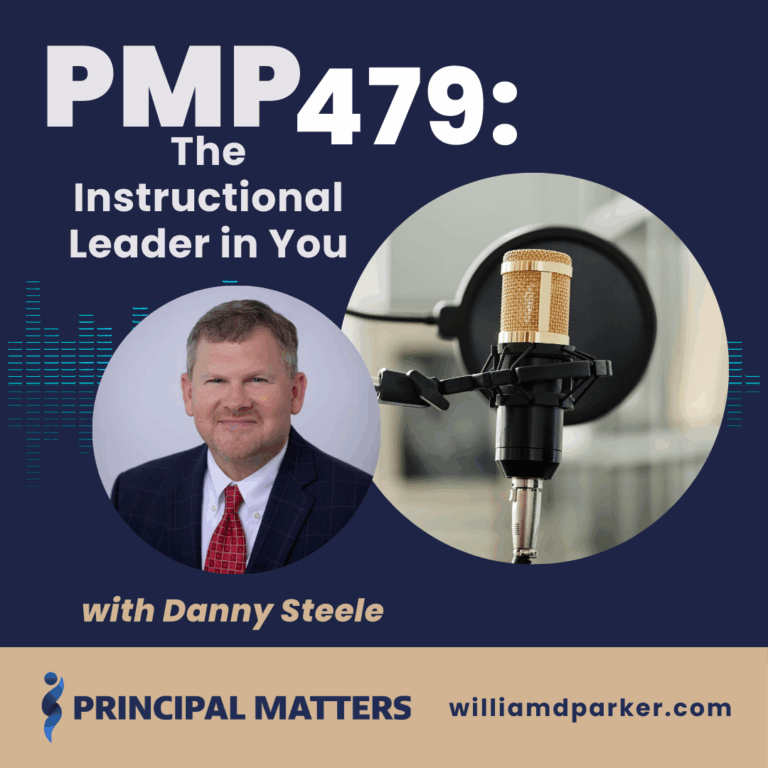This summer some of our teachers attended Literacy Strategy as part of our before school professional development.
As a follow-up, we invited a Literacy specialist, Shannon Gaines, to spend a day with our teachers observing and providing feedback.
We scheduled half a day to walk her through a dozen classes so that she could observe interactions, lessons, and strategies already in play. Then we met in small groups with teachers for follow-up conversations.
As a school leader, I wanted to know what Shannon viewed as some strengths as well as where we could grow. The feedback was helpful: On a positive note, she observed classrooms where teachers were well-prepared, practiced good classroom management, and taught students who were attentive. On a more challenging note, she said that “quiet and compliant students” do not always equal meaningful learning.
She asked the probing questions, “How do we know students are really understanding the content they’re receiving? What are some strategies that could help teachers have immediate feedback?” Then Shannon shared best-practices and strategies that any teacher could use to increase literacy, student engagement, and understanding.
Here are 10 easy literacy strategies she shared:
1. Three Column Vocabularies
Take a paper and fold it long-ways into thirds. On one panel, write the vocabulary word. On the second panel, write the definition. On the third panel, write an example of the word being used correctly in a sentence. These papers can be used for reviews by showing any panel and prompting feedback on what the matching panels may say.
2. Placemat Summary
Take a passage from a reading and separate students into groups of four. Take a large sheet of laminated paper and divide it into four sections by drawing a + across the paper. Then have each student write a summary in the square of the paper closest to him or her. Afterwards, rotate the place-mat so each student reads the summary of each one in his or her group.
3. $2 Summary
Ask students to write a short summary of a lesson learned today, but limit it to know more than 20 words, explaining that each word is worth 10 cents (articles like “a, and” and “ the” are free). Try to summarize what was learned for no more or less than $2 of words.
4. Pyramid Summary
Draw a pyramid by sketching an upside-down triangle divided into parts. and place the main idea on the bottom section. Then add details to each section that represent each paragraph that connects back to the main idea.
5. Exit Tickets
Before students leave, find a way to assess what they learned by requiring them to write down answers to questions like: “What did you learn today” or “What questions do you have?” In order to leave the room after class, the student must leave his/her questions with the teacher.
6. Entry Tickets
Begin class by requiring students to write down responses to the question: “What difficulties did you encounter during homework?” Collect these tickets and explain that only students with entry ticket questions are allowed corrections before beginning a new lesson.
7. Speak the way you write
Explain to students that their verbal responses need to be a good representation of how they should write. An example would be if a student is asking a question, require him or her to include part of the question in his or her oral response. For instance if a lesson on taxonomy begins with the question: What organizational system do you use in your closet at home? The student’s response should include part of the question: “The organizational system I use in my closet is color coding.” Now student needs to cite why.
8. Four-Square Vocabulary
Here students divide a paper into four sections placing the vocabulary word squarely in the middle. Then in the four squares, include (1) “student friendly definition”; (2) “What is” (examples); (3) Synonyms; and (4) What it is not (with examples).
You can also do a variation with four squares, including (1) Definition; (2) Examples; (3) Associations (how to remember); and (4) Sentence using it correctly.
9. K-W-L
(Knowledge-What-Learned) As a way of assessing previous knowledge before a lesson, ask three questions of students: (1) Prior Knowledge of a topic. (2) What you are expected to learn? (3) What you have now learned after instruction?
For instance if the lesson is about the Amazon Jungle.(1) Student writes what is known about the Amazon before receiving any instruction. (2) Objective: Now help them write the lesson goal (“Name all the indigenous people and their concerns about the environment”). (3) And finally, what are the facts you’ve now learned?
10. GIST summaries
After reading a passage or narrative, ask students to write a short summary giving the most basic explanation (the “Gist”) of the passage meaning. A GIST summary answers the basic questions of who, what, when, where, and why.
Conclusion
This week our teachers are modeling some of these new strategies as ways to stretch and grow in their work with students. Trying new ideas can be a little scary–not every new practice has desired results. On the other hand, taking risks in our instruction also pushes us into new ways of thinking, modeling, and learning.
Now It’s Your Turn
Try some of these strategies with your teachers and students. Or feel free to suggest others. Let’s keep growing together!
Sign-Up For Free Updates
When you enter your email address here, you will automatically receive my newest posts. Let’s keep learning together!




